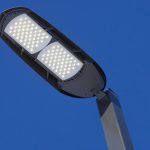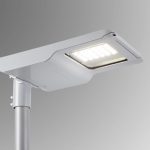Boost Your Productivity: Discover Which LED Light Color is Best for Studying
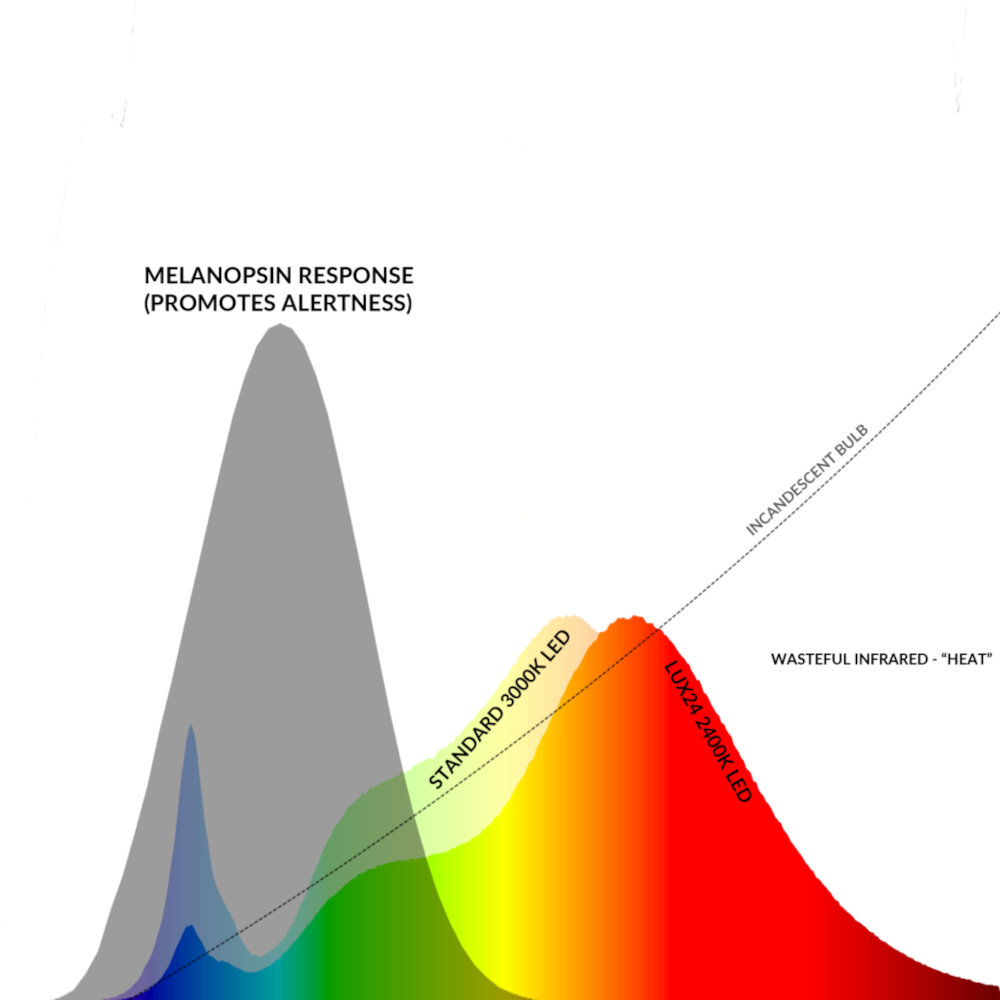
In today’s fast-paced world, productivity has become a buzzword, and everyone is striving to get more work done in less time. One of the key factors that can impact productivity is lighting. The right lighting can make a significant difference in the way we feel and work. Studies have shown that varying light colors can affect our mood, energy levels, and focus. Therefore, it’s important to choose the right lighting for the task at hand, especially when it comes to studying. LED lights have become a popular choice for lighting in recent years due to their energy efficiency, low maintenance, and long lifespan. However, not all LED lights are created equal. Different LED light colors have different effects on the human body and mind. While some colors can increase productivity and focus, others can cause eye strain and fatigue. Therefore, it’s important to understand which LED light color is best for studying and how it can improve your productivity. In this article, we’ll explore the different LED light colors and their effects on studying, so you can choose the right lighting for your workspace.
Lighting plays a crucial role in productivity and studying as it affects our mood, energy levels, and overall well-being. Adequate lighting can help reduce eye strain, increase focus and concentration, and improve our mood. Studies have shown that the color temperature of light can also impact our productivity. Cool white light with a higher color temperature is ideal for studying as it mimics daylight and helps keep us alert and focused. In contrast, warm white light with a lower color temperature is better for relaxation and winding down. LED lights have become a popular choice for productivity and studying as they are energy-efficient, long-lasting, and offer a range of color temperatures to suit different needs. By choosing the right LED light color, you can optimize your study environment and boost your productivity.
LED lights can have a significant impact on productivity. The color temperature of the light can affect the brain’s activity, which in turn affects productivity. Cooler color temperatures, such as blue or white, can promote alertness and focus, making them ideal for studying or working on detailed tasks. Warmer color temperatures, such as yellow or orange, can have a calming effect, which may be more suitable for relaxation or creative work. Additionally, the brightness of the LED light can also affect productivity, as overly bright or dim lighting can cause eye strain and fatigue. Therefore, choosing the right LED light color and brightness can help optimize productivity and create a more conducive environment for work or study.
Understanding the Different Colors of LED Lights
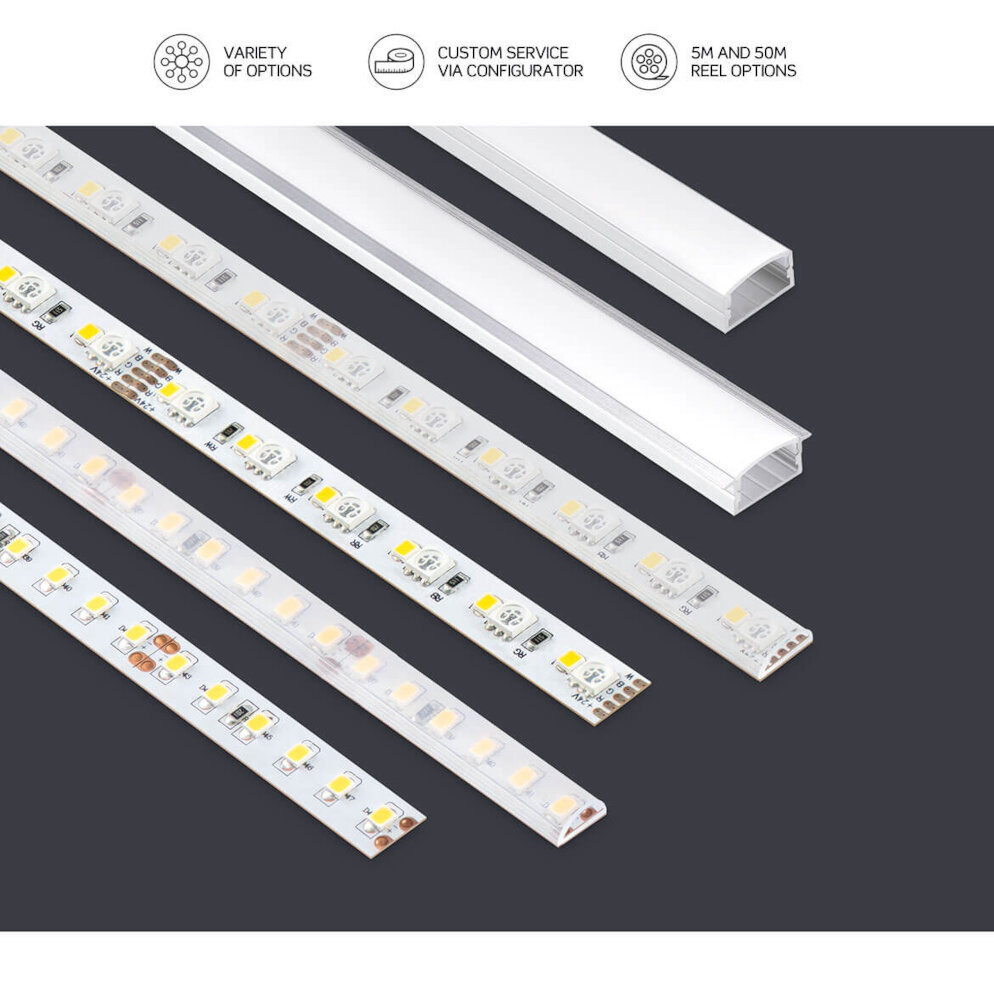
When it comes to LED lights, there are several colors available on the market, and each one has a different effect on our bodies and minds. Understanding the different colors of LED lights is essential, especially when it comes to boosting productivity while studying. The most common colors of LED lights are blue, white, and warm white. Blue LED lights are known to increase alertness and concentration, making them ideal for studying. They also help to regulate our body’s natural sleep cycle, which is crucial for maintaining a healthy sleep pattern. Blue LED lights are commonly used in classrooms and libraries to improve students’ focus and productivity. White LED lights, on the other hand, are brighter and more intense than blue LED lights. They are ideal for activities that require a high level of visual acuity, such as reading, writing, and studying. White LED lights are also known to improve mood and reduce eye strain, making them an excellent choice for long study sessions. Warm white LED lights have a yellowish hue and are commonly used in living spaces to create a warm and inviting atmosphere. They are not as bright as white LED lights and are ideal for relaxing activities such as reading or listening to music. Understanding the different colors of LED lights is crucial for creating the optimal study environment and boosting productivity.
The three primary colors of LED lights are red, green, and blue, which are the fundamental colors of light. These colors are used to create a wide range of colors by mixing them in different proportions. Red is associated with passion and energy, and it is often used to stimulate the mind and increase focus. Green is known for its calming and soothing effects, making it an ideal color for relaxation and concentration. Blue is associated with productivity and efficiency, and it is often used to promote mental clarity and alertness. By understanding the effects of these colors on the brain, you can choose the best LED light color for studying, depending on your specific needs and preferences.
Colors have a profound impact on our mood, emotions, and productivity. For instance, warm colors like red, yellow, and orange are known to increase energy levels and stimulate the brain, making them ideal for high-intensity work or creative tasks. On the other hand, cool colors like blue and green have a calming effect on the brain, reducing stress and anxiety and promoting relaxation. Studies have shown that exposure to blue light, in particular, can increase alertness and improve cognitive function, making it an excellent choice for studying or working on complex tasks. However, it’s important to note that different people may react differently to colors, and individual preferences should be taken into consideration.
Which LED Light Color is Best for Studying?

LED lights have become increasingly popular in recent years due to their energy efficiency, durability, and versatility. However, not all LED lights are created equal, and choosing the right color temperature can have a significant impact on your productivity and concentration. When it comes to studying, the best LED light color is generally considered to be cool white or daylight, which has a color temperature of around 5000K-6500K. Cool white LED lights mimic natural daylight, which can help to improve alertness and focus. Studies have shown that exposure to daylight or daylight-mimicking light can help regulate our internal body clock and improve our mood and cognitive performance. Cool white LED lights can also help to reduce eye strain and fatigue, which is particularly important when studying for long periods of time. However, it’s important to note that everyone’s preferences and needs are different, and some people may find that warm white or neutral white LED lights work best for their study environment.
The best LED light color for studying is blue light. Blue light has been found to enhance alertness and concentration, making it ideal for studying. Studies have shown that blue light helps to regulate our circadian rhythm, which is our body’s natural sleep-wake cycle. By exposing ourselves to blue light during the day, we can help keep ourselves awake and alert. Additionally, blue light has been found to increase the production of serotonin, a neurotransmitter that helps to regulate mood and improve cognitive function. So, if you’re looking to boost your productivity while studying, consider investing in a blue light LED lamp or light bulb.
Blue light, a high-energy visible (HEV) light, has been shown to have a significant impact on focus and alertness. Research suggests that blue light exposure can enhance cognitive performance, improve reaction times, and increase attention span. This is because blue light suppresses the production of melatonin, a hormone responsible for regulating sleep-wake cycles, thus promoting wakefulness and alertness. However, prolonged exposure to blue light, especially at night, can disrupt sleep patterns and lead to sleep disorders. Thus, it is important to strike a balance between the benefits and potential risks associated with blue light exposure when using LED lights for studying or work.
Tips for Using LED Lights for Studying

LED lights have become increasingly popular in recent years, and it’s not hard to see why. They’re energy-efficient, long-lasting, and come in a variety of colors. But did you know that the color of LED lights can also have an impact on your productivity and focus when studying? Here are some tips for using LED lights for studying:Firstly, choose the right color temperature. LED lights come in a range of color temperatures, measured in Kelvin (K). For studying, it’s recommended to choose a color temperature between 4000K and 6500K, which is a cool white or daylight color. This type of light mimics natural daylight, which can help keep you alert and focused. Avoid warm or yellow-colored lights, which can make you feel sleepy and less productive. Secondly, consider the brightness of your LED lights. While it’s important to have enough light to see your work, too much brightness can cause eye strain and headaches. Aim for a light level of around 500 lux, which is a measure of the amount of light that falls on a surface. This is roughly equivalent to the amount of light you would get from a well-lit office or classroom. Overall, choosing the right LED lights can help boost your productivity and make studying a more comfortable and enjoyable experience.
Implementing LED lights is an excellent way to enhance your productivity while studying. To begin with, opt for a cool white or daylight LED bulb with a color temperature of 5000k-6500k. This light temperature is optimal for maintaining focus, alertness, and concentration. Secondly, choose a lamp with adjustable brightness levels to suit different times of day and prevent eye strain. Thirdly, position the lamp in a way that it illuminates the study space evenly and reduces shadows. Lastly, consider installing a smart lighting system to control the lights remotely, set schedules, and make adjustments effortlessly. By following these practical tips, you can create an ideal environment for studying that promotes productivity and well-being.
Choosing the right light bulb is crucial for creating a productive study environment. When selecting a light bulb, it’s important to consider the brightness, color temperature, and energy efficiency. LED light bulbs offer a wide range of color temperatures, from warm yellow to cool blue, which can affect our mood and productivity. For studying or working, it’s recommended to use a cool white light with a color temperature of 5000K or higher, as it stimulates our brain and helps us stay alert. Additionally, choosing an energy-efficient LED bulb can save money on electricity bills and reduce our carbon footprint. By carefully selecting the right light bulb, we can create a comfortable and productive space that enhances our learning and work experiences.
Proper placement of LED lights is crucial to ensure maximum productivity while studying. It is recommended to place the LED light source on the left side of the study desk, preferably at an angle of 30-45 degrees. This positioning will minimize glare and shadow, effectively reducing eye strain and fatigue. Additionally, it is essential to avoid placing the LED light source directly above the study desk, as this can create harsh shadows and cause discomfort to the eyes. Proper placement of LED lights not only enhances productivity but also ensures a comfortable environment for prolonged studying sessions.
Adjusting the brightness of LED lights is a crucial aspect when it comes to enhancing productivity during studying. LED lights offer a wide range of brightness levels, allowing you to customize the lighting according to your preferences. Brightness can be increased or decreased by using a dimmer switch or adjusting the light settings on your device. A bright LED light can help you stay focused and alert while studying, but too much brightness can cause eye strain and headaches. On the other hand, a dimmed LED light can create a relaxing atmosphere, which may help you feel calm and focused. Therefore, finding the perfect brightness level for your LED light can play a significant role in improving your productivity while studying.
Other Factors that Affect Productivity While Studying
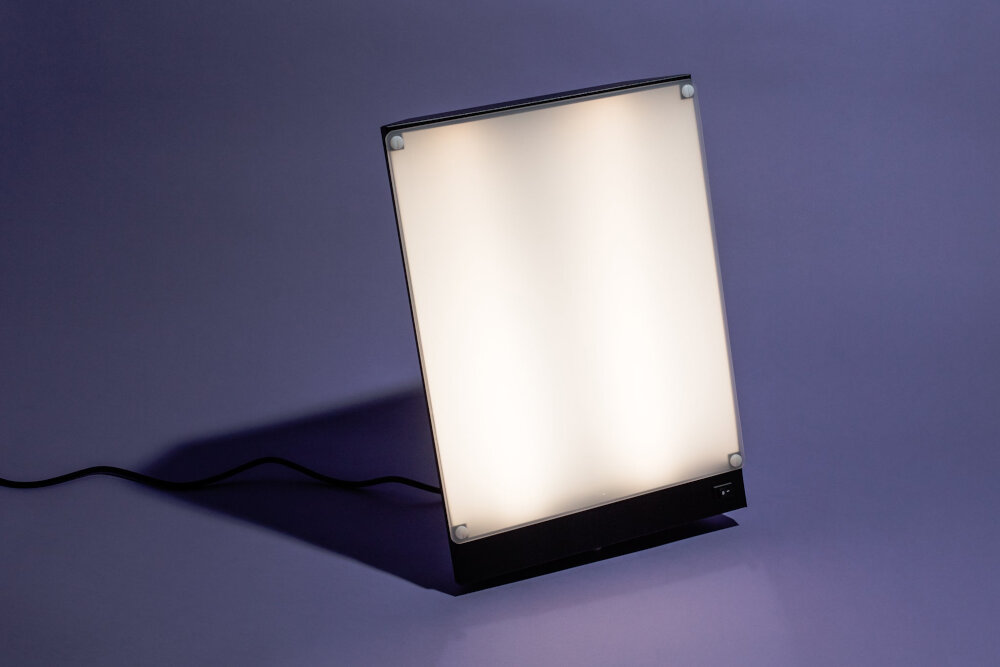
Other factors that affect productivity while studying go beyond the lighting conditions of your study area. One such factor is the temperature in the study environment. Research has shown that a comfortable temperature level can have a significant impact on cognitive function and productivity. A study conducted by Cornell University found that productivity in the workplace increased by 44% when the temperature was increased from 68 degrees Fahrenheit to 77 degrees Fahrenheit. Therefore, it is crucial to ensure that your study area has a comfortable temperature level, which is neither too hot nor too cold, to optimize your productivity. Another important factor that affects productivity while studying is the level of noise in your study environment. While some individuals can study effectively in a noisy environment, others find it difficult to concentrate. Therefore, it is important to identify the noise level that works best for you. If you find that you cannot focus in a noisy environment, you may want to consider using noise-cancelling headphones or earplugs to block out distractions. On the other hand, if you find silence too distracting, you could try listening to music or ambient sounds to create a background noise level that helps you focus. By identifying the noise level that works best for you, you can create a study environment that maximizes your productivity.
In addition to lighting, there are several other factors that can significantly affect productivity while studying. One of the most important is the environment in which you study. A quiet, calm space with minimal distractions is essential for maintaining focus and concentration. Comfort is also important, as discomfort or pain can quickly lead to distraction and fatigue. Additionally, factors such as diet, exercise, and sleep can all impact productivity. Eating a balanced, nutritious diet and getting regular exercise can help improve energy levels and mental clarity, while getting enough sleep is crucial for maintaining focus and retaining information. Finally, it’s important to be mindful of your mental and emotional state while studying. Stress, anxiety, and other negative emotions can all take a toll on productivity, so it’s important to take breaks, practice self-care, and seek support when needed.
Noise level is a crucial factor in enhancing productivity during studying. High noise levels can be a significant distraction, reducing focus levels and making it challenging to concentrate. On the other hand, low noise levels can help in creating a calm and distraction-free environment that can significantly boost productivity levels. It is, therefore, essential to consider the noise level when studying, and measures such as finding a quiet study environment or using noise-canceling headphones can help in reducing distractions and increasing focus levels. By managing the noise level, students can improve their study habits and achieve their academic goals more effectively.
Temperature is a crucial aspect that affects our ability to study and work productively. The ideal temperature range for optimum productivity is between 20-25°C. A too hot or too cold environment can cause discomfort and distractions, leading to decreased focus and reduced productivity. In addition to the physical discomfort, extreme temperatures can also cause mental stress, leading to a decline in cognitive performance. Therefore, it is essential to maintain a comfortable temperature, especially when studying or working for extended periods. Paying attention to the temperature can help create a conducive environment for maximum productivity.
Ergonomic set up is crucial for maintaining a healthy and productive workspace. A proper ergonomic setup includes an adjustable chair and desk, a monitor positioned at eye level, and a keyboard and mouse at a comfortable distance. This setup helps to prevent neck, back, and wrist pain, as well as eye strain. In addition, it improves overall comfort and concentration, leading to increased productivity. It is essential to take breaks and stretch regularly to avoid sitting for extended periods. An ergonomic setup is a long-term investment in your health and well-being, which ultimately contributes to your ability to study and work efficiently.
LED lights play a crucial role in enhancing productivity and concentration levels while studying. The choice of LED light color can significantly impact the brain’s physiological response, influencing alertness, attention, and mood. Research has shown that the blue light spectrum present in cool white LED lights can help improve cognitive function, memory, and attention. It can also regulate the body’s circadian rhythm, ensuring a healthy sleep-wake cycle. On the other hand, warm white LED lights can create a relaxing and calming ambiance, ideal for unwinding after a long day. Moreover, LED lights are energy-efficient, long-lasting, and eco-friendly, making them an ideal choice for students looking to create an optimal study environment while contributing to a sustainable future.
In conclusion, LED lights can be a game changer when it comes to boosting productivity while studying. The color temperature of the LED lights plays a crucial role in determining the ambiance of the study space. Warm white light is perfect for creating a cozy and relaxing atmosphere while studying, whereas cool white light is ideal for enhancing focus and concentration. It’s important to choose the right LED light color temperature that suits your study needs. Additionally, ensure that the LED lights are of good quality and placed in the right position to avoid glare and eye strain. Investing in high-quality LED lights can improve your productivity and create a conducive study environment.
Conclusion
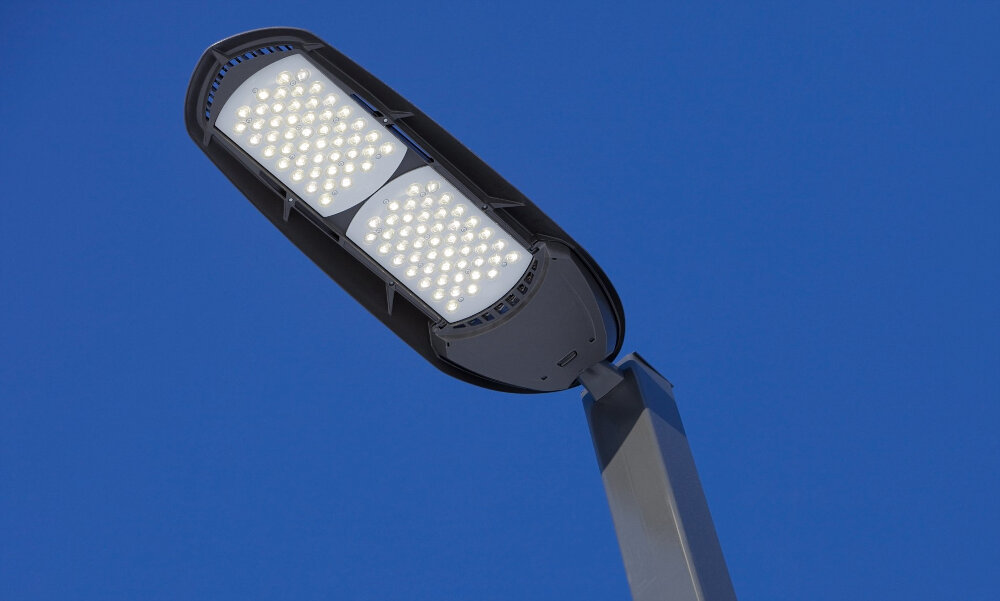
In conclusion, choosing the right LED light color can significantly boost productivity and aid in studying. While cool white light is ideal for concentration and focus, warm white light can create a calming and relaxing environment. Additionally, blue light can enhance alertness and memory retention, while red light can stimulate creativity and imagination. It is important to consider the specific task at hand and the desired outcome when selecting the appropriate LED light color. By optimizing the lighting environment, we can create a more productive and effective study space.


